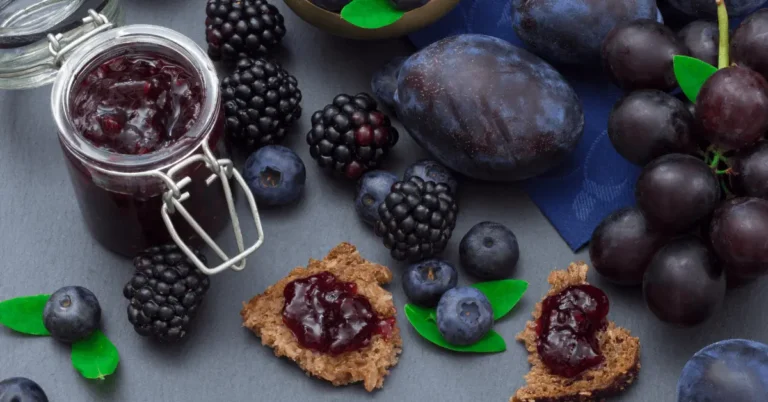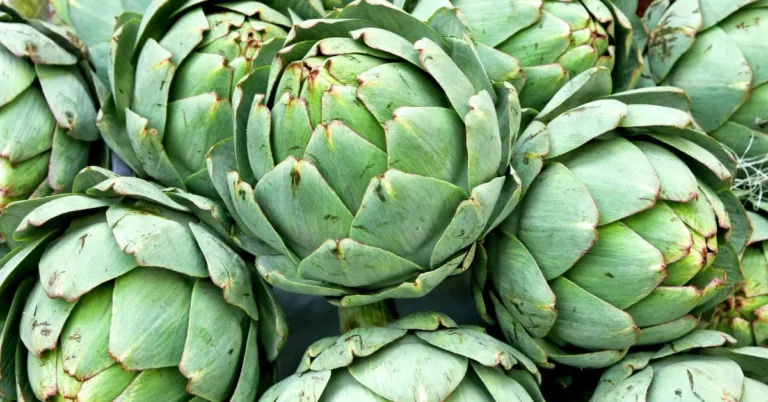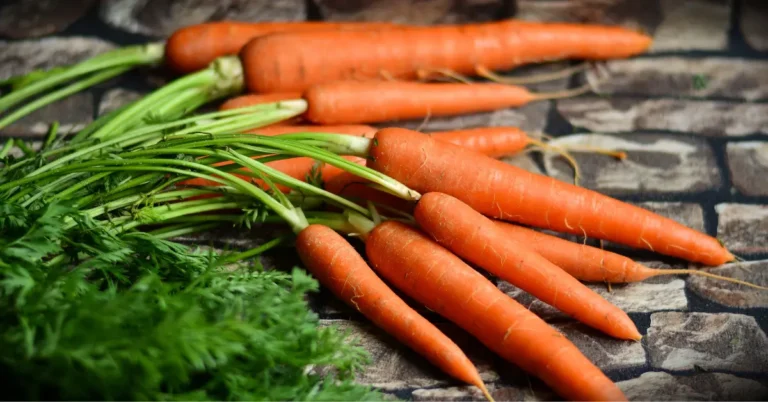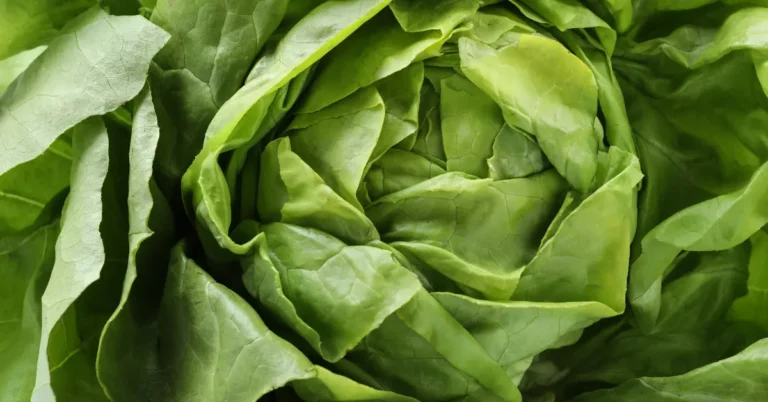Vegetables That Start with K
There are lots of yummy vegetables that start with K! They come in all shapes and sizes, from leafy greens like kale to colorful squashes like kabocha. These K-veggies are good for you, too, filled with vitamins and minerals. So, look for some K-veggies to add to your cart next time at the grocery store. They’ll make your meals fun and colorful and keep your body healthy!
List Of Vegetables That Start With K:
Here is a list of vegetables that start with K & we can add them to our diet and get various health benefits.
1. Kale
Kale is a dark, leafy green vegetable that has gained popularity recently due to its many health benefits. It is an excellent source of vitamins A, C, and K and minerals like calcium and iron. Additionally, kale contains antioxidants that protect our cells against damage caused by free radicals. It’s versatile and can be enjoyed in salads, smoothies, soups, or as a side dish.

2. Kohlrabi
Kohlrabi belongs to the cabbage family and is recognized for its round, bulb-shaped stem. It has a mild, slightly sweet taste and is an excellent source of dietary fiber, vitamins C and B6, and minerals like potassium and manganese. This vegetable can be eaten raw or cooked. Raw has a crunchy and refreshing texture; it becomes tender and flavorful when cooked.
3. Kidney Beans
Kidney beans are highly nutritious legumes and a staple in many households. They are an excellent source of plant-based protein, dietary fiber, and essential minerals like iron and magnesium. Kidney beans are versatile and can be added to salads, soups, and stews or made into a delicious vegetarian chili. They are also a popular ingredient in Mexican dishes like burritos and tacos.
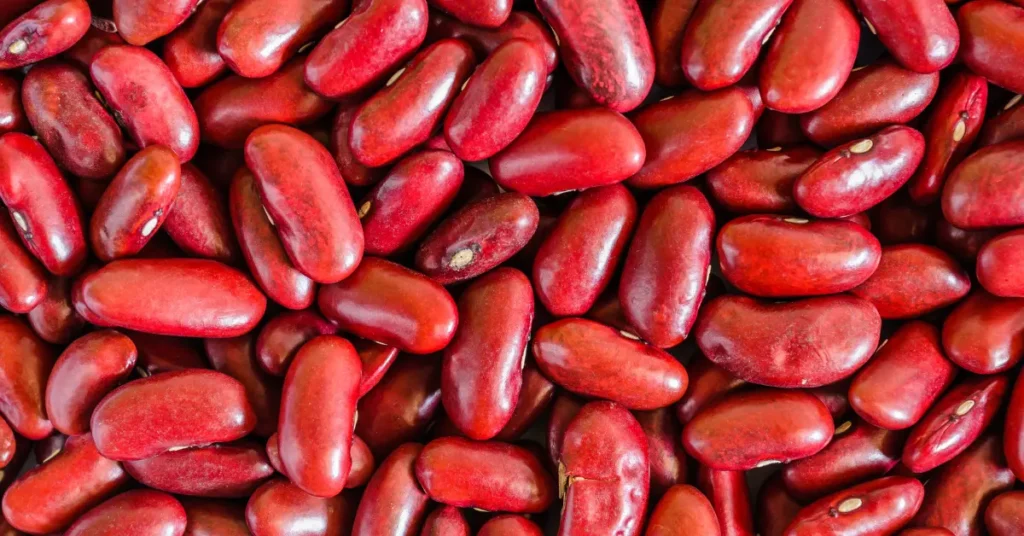
4. Kombu
Kombu is a type of kelp, a brown seaweed used in Japanese cuisine. It is a rich source of iodine, an essential mineral that supports thyroid health and metabolism. Kombu is also a good source of other minerals like calcium, magnesium, and iron. This vegetable is commonly used to make broths, soups, and stews, adding a unique umami flavor to dishes.
5. Kai-lan (Chinese Broccoli)
Kai-lan, or Chinese Broccoli, is a leafy vegetable that resembles regular Broccoli but has longer, slender stems and smaller florets. It is a good source of vitamins C and K, folate, and dietary fiber. This vegetable is commonly used in Asian cuisines, primarily for stir-frying, steaming, or adding to soups and noodle dishes. It has a slightly bitter taste and adds a delightful crunch to any dish.
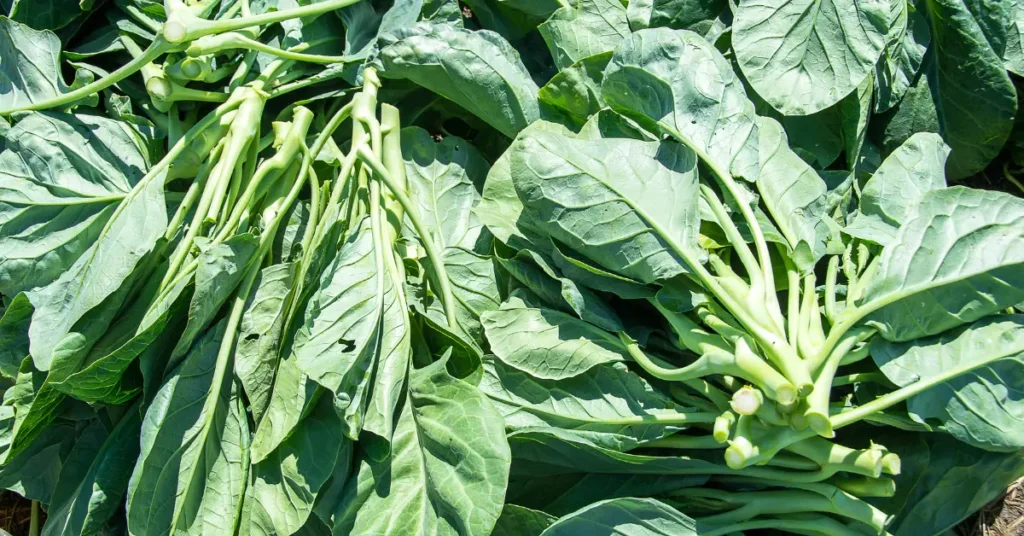
6. Kaleidoscope Carrots
Kaleidoscope carrots are a vibrant and colorful variety of carrots that come in shades of purple, yellow, and orange. They are packed with nutrients like beta-carotene, which converts into vitamin A in our bodies, and antioxidants that protect against chronic diseases. Kaleidoscope carrots are visually alluring and add color to any dish. They can be used in various dishes, from stir-fries to roasted vegetable medleys.
7. Kennett Square Mushrooms
Kennett Square mushrooms are a type of mushroom that is widely cultivated in the town of Kennett Square, Pennsylvania. They are the most commonly commercially grown mushrooms in the United States and are known for their meaty texture and earthy, umami flavor. These mushrooms are a good source of vitamins and minerals like potassium, phosphorus, and selenium. They can be enjoyed in various dishes, from soups and stews to risottos and stir-fries.
8. Kelp
Kelp is a large brown seaweed growing in shallow, nutrient-rich ocean waters. It is a rich source of iodine, an essential mineral for thyroid health, and contains other nutrients like iron, magnesium, and calcium. Kelp is used in various dishes in different cuisines, such as Japanese miso soup and Korean seaweed salad. It contributes a salty, umami flavor and a chewy texture to dishes.
9. Kalettes
Kalettes, also known as flower sprouts, is a unique hybrid vegetable that crosses kale and Brussels sprouts. They have a mild, nutty taste with a hint of sweetness and a texture similar to tender kale leaves. Kalettes are a rich source of vitamins and minerals, including vitamins A, C, and K and folate. They can be enjoyed roasted, sautéed, or added to salads for a tasty and nutritious side dish.
10. Korean Radish
Korean Radish, or mu or daikon radish, is a root vegetable commonly used in Korean cuisine. It has a long cylindrical shape and is white outside with a crisp, juicy texture and a mildly spicy taste. Korean Radish is a good source of dietary fiber, vitamins A, C, and B6, and minerals like potassium and magnesium. It is often used in kimchi, soups, and stir-fries.
11. Knol-khol
Knol-khol, also known as German turnip or cabbage turnip, is a root vegetable that looks like a cross between a turnip and a cabbage. It has a mild, sweet taste and is a rich vitamin C, calcium, and potassium source. Knol-khol can be eaten raw, sliced into salads, or cooked and added to stir-fries, soups, or stews. It is a versatile and nutritious vegetable worth adding to your meal rotation.
12. Karela
Karela, also known as bitter gourd or bitter melon, is a vegetable with a distinctively bitter taste. It is commonly used in Indian, Chinese, and Southeast Asian cuisines. Karela is a rich source of vitamins and minerals, including vitamins C, A, and B6, iron, and potassium. This vegetable can be cooked in various ways, including stir-frying, roasting, or adding to curries and stews.
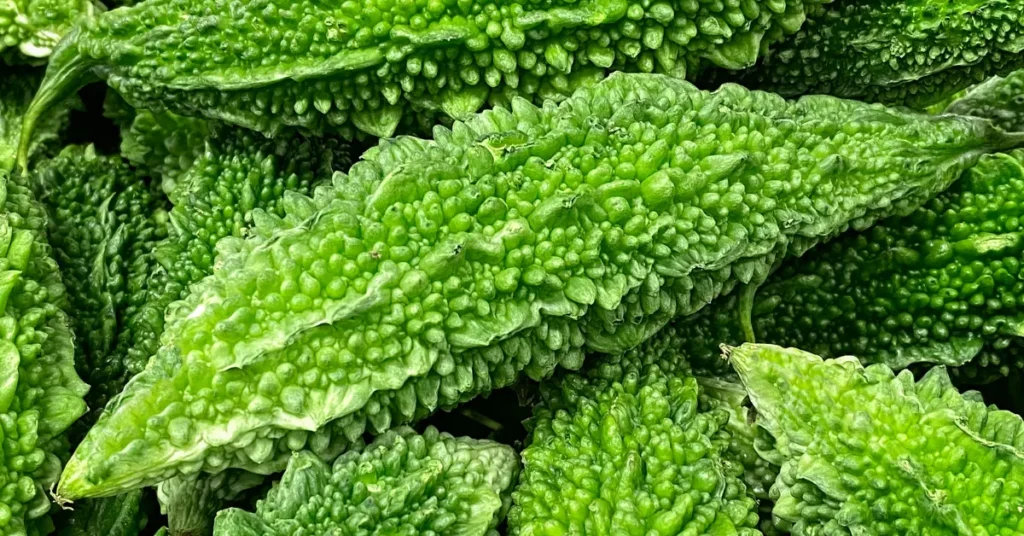
13. Kung Pao Peppers
Kung Pao peppers, also known as Chinese red peppers, are a spicy chili pepper commonly used in Chinese cuisine. They are long, thin, and bright red, with a fiery heat level. Kung Pao peppers are a good source of capsaicin, the compound that gives chili peppers their spice and is believed to have anti-inflammatory and pain-relieving properties. They are commonly used in stir-fries, soups, and sauces and can also be dried and used as a seasoning.

